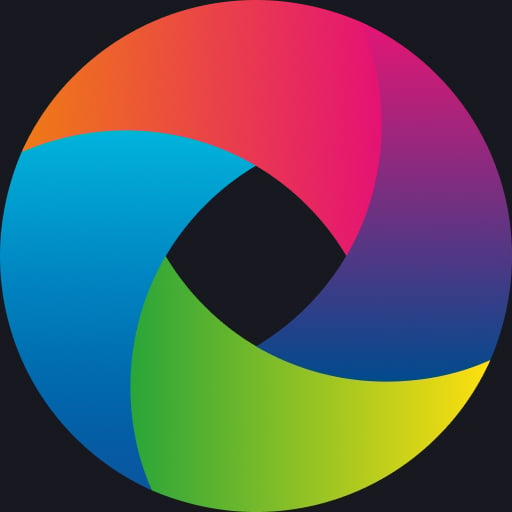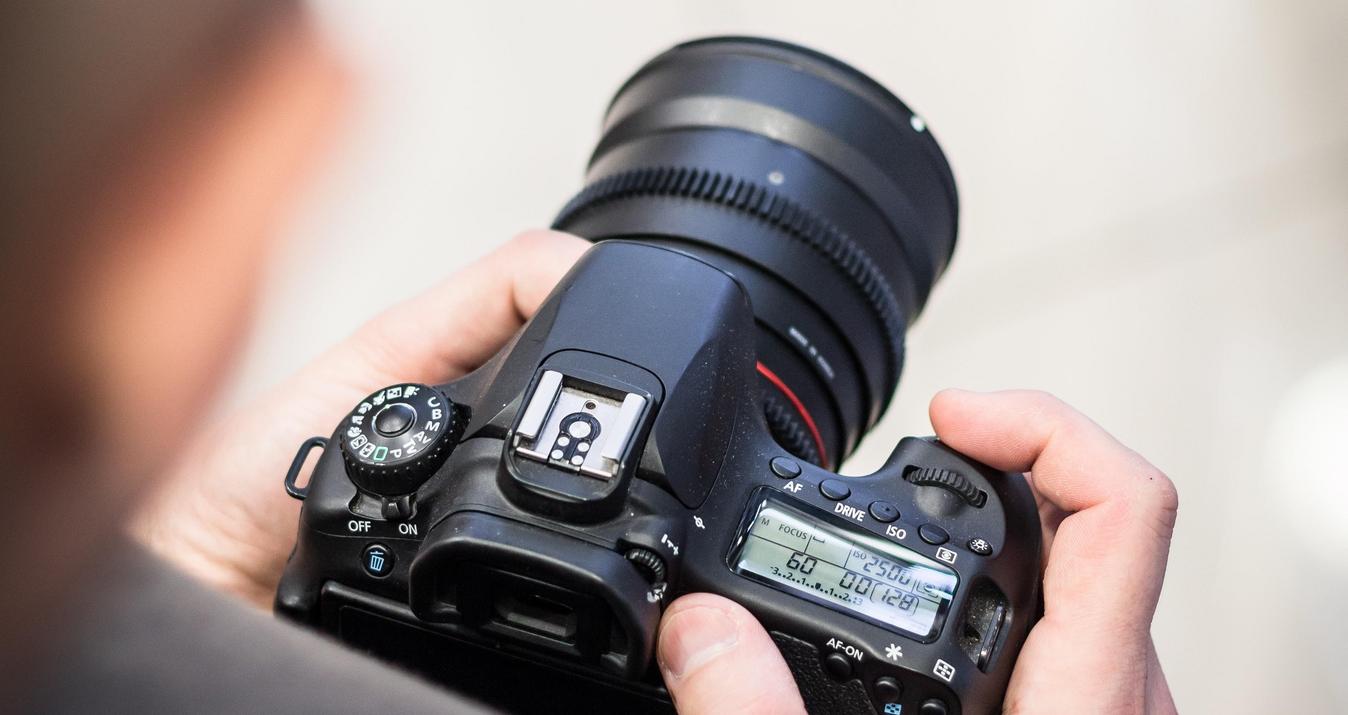The solar eclipse of August 21st, 2017 may be coming sky near you. So, we’ve put together a bit of information— plus a list of tips to help you get the most out of this incredible event.
The eclipse is a moment that reminds us all in just a few minutes of our extraordinary place in space on this sphere covered with liquid water, with a moon tidally locked, in orbit around the sun. We can predict these events within less than a second, because we understand the mathematics of the universe so well. And we’re just some humble species wandering around on the outskirts of a regular galaxy. We’re no big deal, yet we can understand it all, and that to me is wonderful and amazing, and the eclipse to me is part of that. - Bill Nye
 Photo Courtesy of: NASA
Photo Courtesy of: NASA
Introduction
On August 21st 2017, for the first time in 26 years, a total solar eclipse will occur in America — “The Great American Eclipse” as it has been dubbed by its enthusiasts.
What’s rare about this particular eclipse is that it will sweep over the world’s third most populous country. Hotels have been booked. Flights have been coordinated. Eclipse glasses have been purchased. And the parties are about to ensue.
So, from what time is the solar eclipse? to the solar eclipse map — the Skylum team is here to cover all the hottest questions about one of the most incredible things on the planet — the solar eclipse of August 2017.
Coming to a sky near you — very, very soon.

What is the Solar Eclipse?
This sensational celestial event, the solar eclipse, occurs when the moon passes between the sun and Earth and blocks all or part of the sun for up to about three hours — from beginning to end.
What Will the Solar Eclipse Look Like?
A solar eclipse begins as it appears along one edge of the sun. The moon gradually begins to cover more of the sun’s disk. And in the case of a total solar eclipse, the final remaining minutes of the partial phases are dramatic and breathtaking. The sun’s crescent will become thinner as the moon’s shadow approaches — causing abrupt darkness of totality — and the sun’s corona to be visible.
 Photo Courtesy: Nikonusa.com and Fred Espenak
Photo Courtesy: Nikonusa.com and Fred Espenak
The Best Places to See the Solar Eclipse (And Its Map Path)
In North America you can see a partial eclipse (where the moon covers only a part of the sun) from anywhere. Parts of South America, Africa and Europe will see at least a partial eclipse, too.
But to take things a step further and see a total eclipse, you’ll have to be in the path of totality.
The path of totality refers to a thin stretch (roughly 70 miles wide) that crosses the United States from West to East and passes through portions of 14 states. The first point of contact will be Lincoln Beach, Oregon (9:05 a.m. PDT) — totality will begin there at 10:16 a.m. PDT. For the next hour and thirty minutes, the eclipse will make its way through Oregon, Idaho, Wyoming, Montana, Nebraska, Iowa, Kansas, Missouri, Illinois, Kentucky, Tennessee, Georgia, and North and South Carolina — culminating near Charleston, South Carolina at 2:48 p.m. EDT. The lunar shadow will leave the US at 4:09 EDT.
Photos Courtesy of: NASA
How Long Does the Solar Eclipse Last?
For this particular eclipse, the longest period when the moon completely blocks the sun from any given location along its path is said to be roughly two minutes and 40 seconds.
Solar Eclipse Viewing Safety
You may have been hearing the buzz about eclipse glasses — the glasses that enable you to look right at the sun (because you don’t want to look directly at the sun without appropriate eye protection, except for during totality). With eclipse glasses, you’ll be able to stay transfixed and fascinated without having to worry about looking away. You can check with local science museums, schools, and astronomy clubs to snag your own pair.
Here are the stages of glasses wearing, according to NASA.

Just remember - wearing glasses is critical if you're going to view a solar eclipse.
 Photo courtesy by Kevin Hale.
Photo courtesy by Kevin Hale.
Solar Eclipse Photography Tips
Capturing a total solar eclipse in your photographs can be the opportunity of a lifetime. But as it’s a rare, dynamic and exciting event with a short time period in which to capture it — you’ll want to make sure you have the right gear, the right plan, and have gone through the right preparations to snag that ethereal cosmic image.
First, check out this video by Henry Hudson that explains the camera settings during the eclipse.
Here are some basic gear ideas
Solar Filters: Just as you’ll need to take the necessary precautions to protect your eyesight, you’ll also need to do so with your camera. Use a “solar filter” for correct exposure and to keep from harming your camera’s imaging sensor. The only time you won’t need this filter is when the sun is completely obscured by the moon (during totality).
You have a few different options when it comes to choosing your solar filter: filter sheet, screw-on front filter, and a solar filter that mounts between your camera and your lens. If you’re looking for a good breakdown of the three, venture to bhphotovideo.com for more information.
Lens Tips: A focal length between 500mm and 1000mm will allow you to capture most of the sun’s corona (which is usually invisible to the naked eye, but during the total solar eclipse, becomes visible) while simultaneously keeping the sun a decent size in your frame.
Remote Shutter Release: On the day of the big event, your shutter speeds will fall as it gets dark. Trigger your camera with a remote release of some sort to avoid camera shake.
Tripod: The sun is (obviously) quite bright and when you’re photographing the partial phases of the eclipse with short shutter speeds, you won’t exactly need a camera support to avoid camera shake. But, during totality you will be photographing in darkness. That, in combination with the fact that the eclipse happens over a stretch of time, means bringing along a tripod to help you out is a good idea.
Solar Eclipse Exposure Guide by Fred Espenak
 Exposure Setting Guidelines from mreclipse.com
Exposure Setting Guidelines from mreclipse.com
Whichever exposures you do choose, it’s said to be a good idea to bracket by one or two f/stops to ensure you get the best image — and to use RAW format, if possible, to allow for flexibility in the editing process.
And remember — extra batteries. Extra cards. No flash. And scout your location and your solar photography beforehand, if you can.
Note: If you do a bit of research online to see what sort of solar eclipse images fit your photo style, you’ll notice that lots of them give you gear tips on how to capture that particular image. They’ll talk about exposure, camera type, lens, etc.
Solar Eclipse Post-Processing Tips
For simple, effective, and enjoyable solar eclipse edits — try playing with filters in Luminar.
Try Advanced Contrast to add detail, drama and dimension. Use Clarity to bring out the details in your photo and make them pop. Try Dehaze, if your August 21st sky wasn’t crystal clear and clouds got in the way of your perfect image. Experiment with Image Radiance to add a dreamy glow. Go for Color Temperature if you’d like to make your shot cooler (more blue) or warmer (more orange) and to fix the incorrect color temperature on your RAW files.
Use other features like blend modes, opacity levels and masking brushes for creatively enhanced solar eclipse results — or work to portray the corona's full range of brightness levels by layering several different exposures into a single image.
With this set of seven incredible presets created exclusively for your solar shots by the Skylum team – you’ll take this August’s phenomenon to an entirely new level.
From B&W to Mystic, the possibilities for stunning photos are right in the palm of your hand. Because you only have one chance to capture the eclipse of August 2017, after all.
Wherever you see it — and however you shoot it — we hope you enjoy this highly anticipated event of the sky. And rest assured, should you miss the August 21st solar eclipse, they’ll be another one on April 8, 2024 — visible from Texas to New England — with more to follow in 2044, 2045 and 2078.
A Special Perk for Our Blog Readers
Get a 10% discount on Luminar Neo and dive into professional photo editing today!
Thank you for subscribing.
Your gift is waiting in your inbox!













